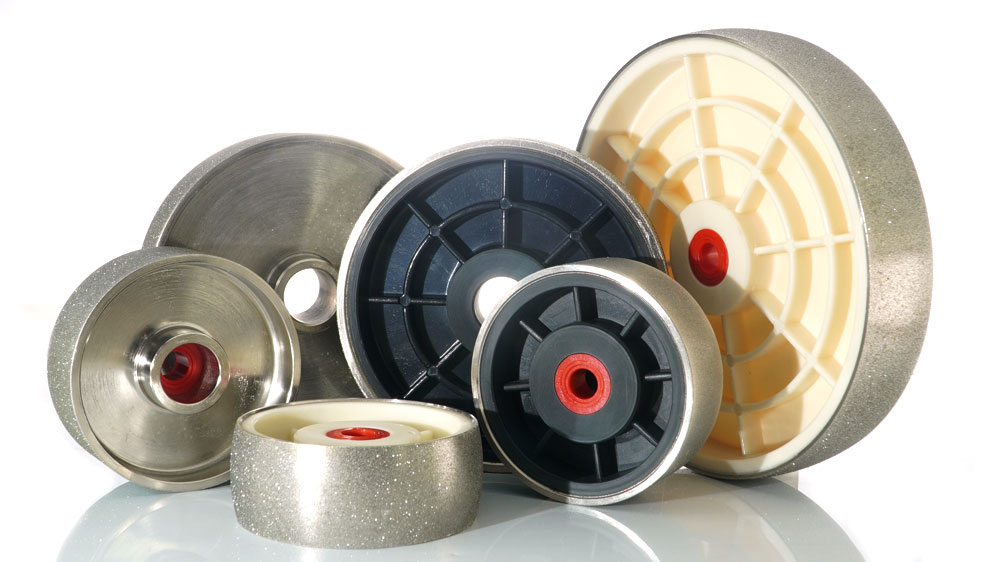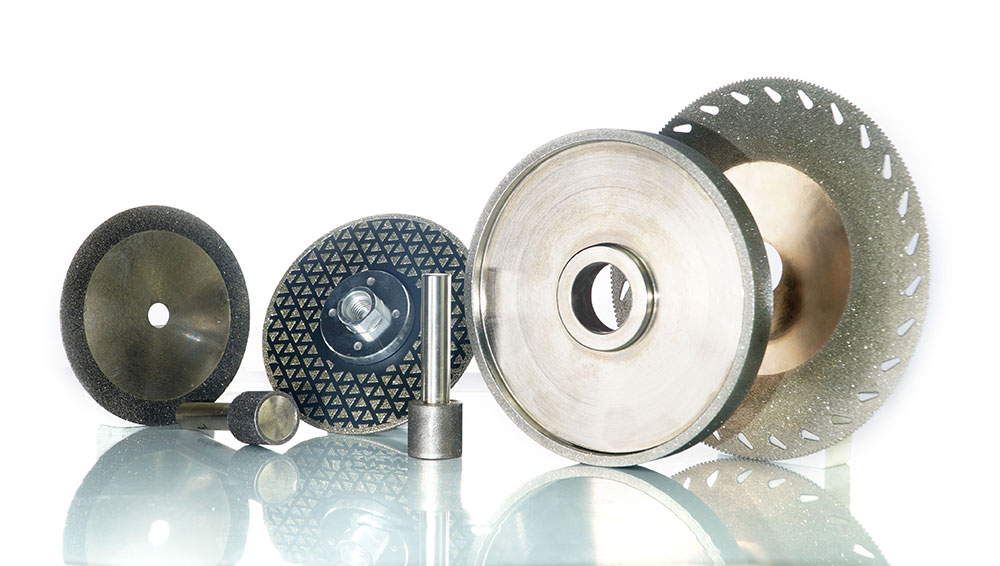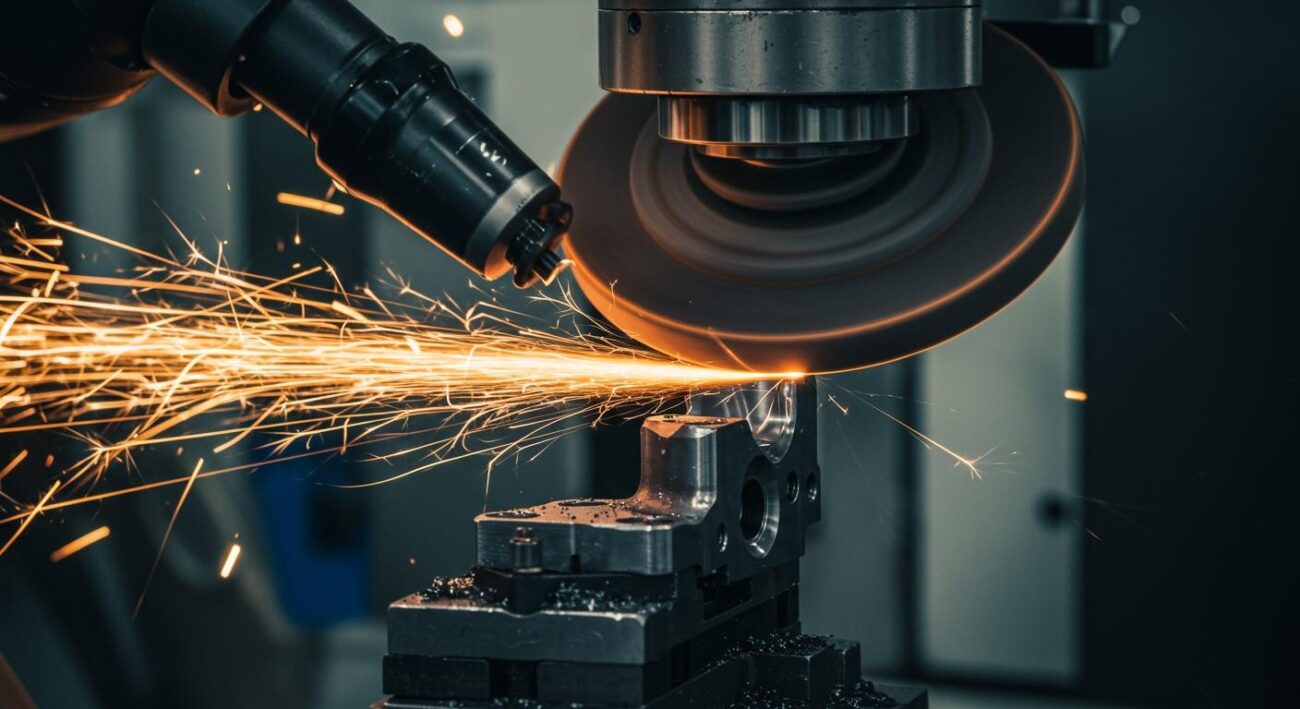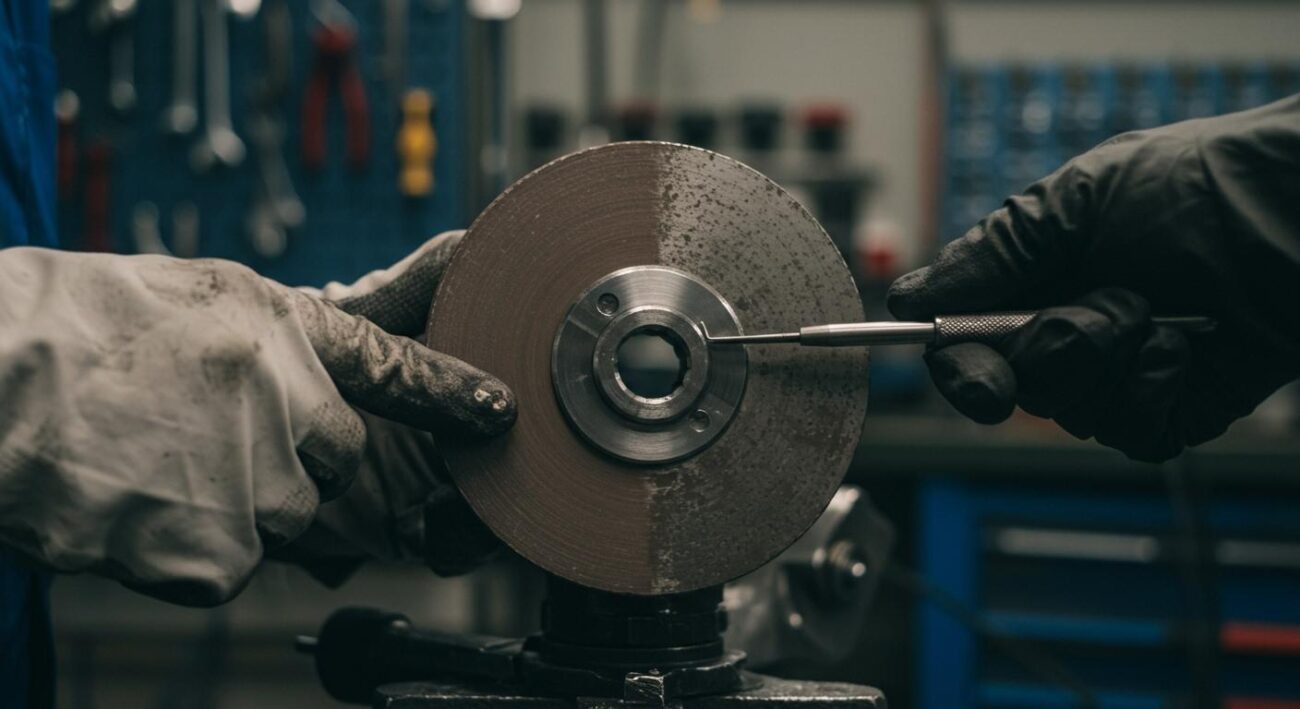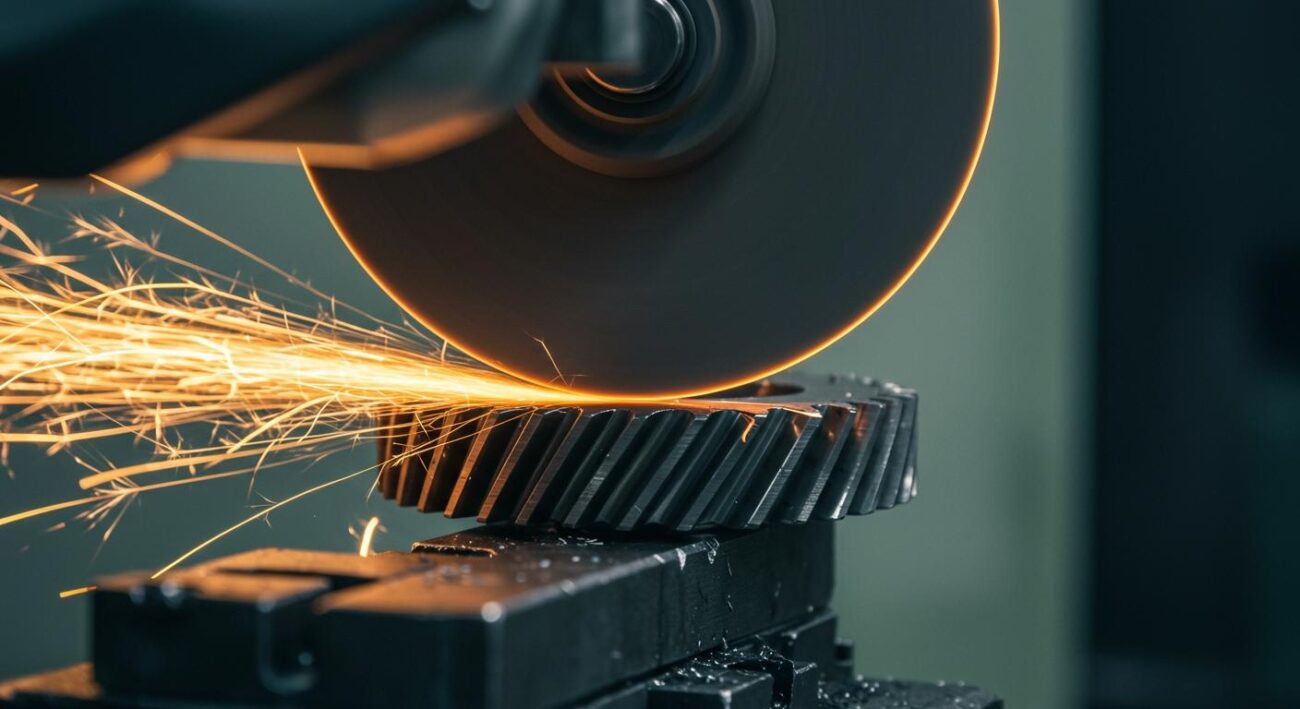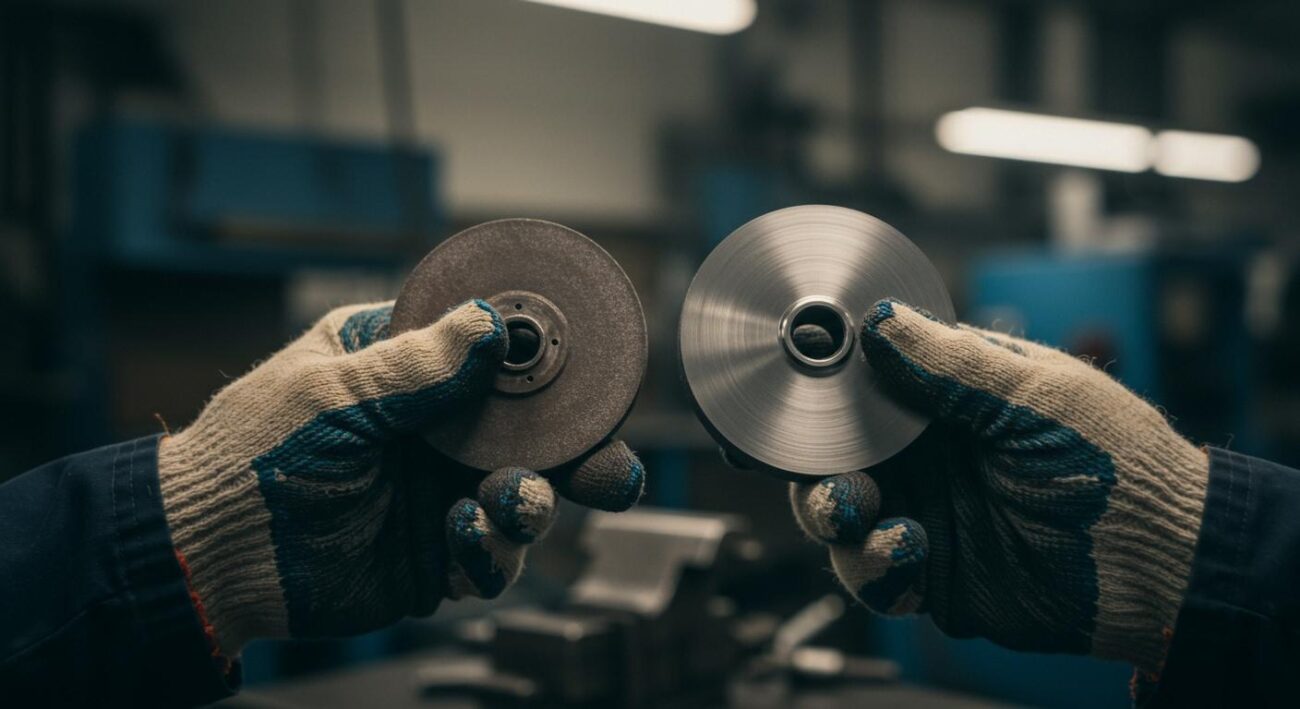The durability of an electroplated grinding wheel stems from its unique construction. A single, concentrated layer of superabrasive particles is locked in place by a robust, electroplated metallic bond. This electroplated design ensures exceptional hardness and wear resistance. It delivers consistent performance and a long life, making it reliable for demanding jobs. For example, electroplated diamond grinding wheels use this electroplated structure to provide the precision needed for tough applications.
Key Takeaways
- A strong metal bond holds the abrasive particles tightly. This stops them from falling out during grinding.
- These wheels have one layer of abrasive material. This layer cuts well and creates less heat.
- The metal part of the wheel is very hard. It can handle strong forces without breaking.
- You can reuse the steel center of the wheel. This saves money and is good for the environment.
The Electroplated Grinding Wheel Bond: A Foundation of Strength
The secret to an electroplated grinding wheel‘s resilience lies in its bond. This bond is not a simple adhesive. It is a tough, metallic foundation that anchors every abrasive particle. This section explores how this powerful bond provides exceptional strength and durability.
How the Strong Metallic Bond Works
The electroplating process creates a powerful metallurgical connection. A steel hub is submerged in a chemical bath. This bath contains abrasive particles, like diamond or CBN, and metal ions, usually nickel. An electric current is then applied. The current causes the metal ions to deposit onto the steel hub, forming a solid metallic layer. As this layer builds, it traps the abrasive particles, locking them securely to the surface.
This method creates a strong bond between abrasive and substrate. The metal physically grows around each grain. This secure grip prevents abrasive “pull-out,” a common failure point in other wheel types, especially during heavy use. The resulting electroplated bond ensures the wheel maintains its cutting surface for a longer period.
Why a Single Abrasive Layer is Tough
A single, concentrated layer of abrasives gives the wheel a distinct advantage. With all the cutting points fully exposed, the wheel has an aggressive, free-cutting action. This design offers several benefits for durability:
- High Efficiency: The exposed grains remove material quickly and cleanly.
- Reduced Heat: An aggressive cut means less friction and pressure are needed. This minimizes heat buildup, protecting both the workpiece and the wheel from thermal damage.
- Consistent Performance: The wheel cuts effectively from the very first use without needing a “dressing” process to expose new abrasives.
This efficient cutting action reduces overall wear, extending the life of the electroplated grinding wheel. The single electroplated layer works smarter, not harder, to achieve superior results.
The Role of the Nickel Matrix
The metal used in the bond is typically a nickel or nickel-cobalt alloy. Nickel provides the perfect combination of hardness and toughness needed to withstand intense grinding forces. These alloys possess impressive mechanical properties that directly contribute to the wheel’s durability.
| Property | Inconel 625 | Inconel 718 | Monel 400 |
|---|---|---|---|
| Tensile Strength | ~827 MPa | Approaching 1379 MPa | N/A |
| Yield Strength | ~414 MPa | Up to 1034 MPa | N/A |
| Hardness | N/A | N/A | ~130–200 HB |
| Elongation at Break | 30–50% | N/A | N/A |
These numbers show high strength, but ductility is equally important. Ductility is the ability of a material to deform under stress without breaking.
Nickel alloys like Inconel 625 have excellent ductility, often showing an elongation at break of over 30%. This allows the electroplated bond to absorb impacts and vibrations during grinding without fracturing. This toughness significantly reduces the risk of sudden failure, making the electroplated grinding wheel a reliable tool for critical applications. The robust electroplated matrix holds the abrasives firmly while resisting the stresses of high-performance grinding.
Key Features That Enhance Longevity
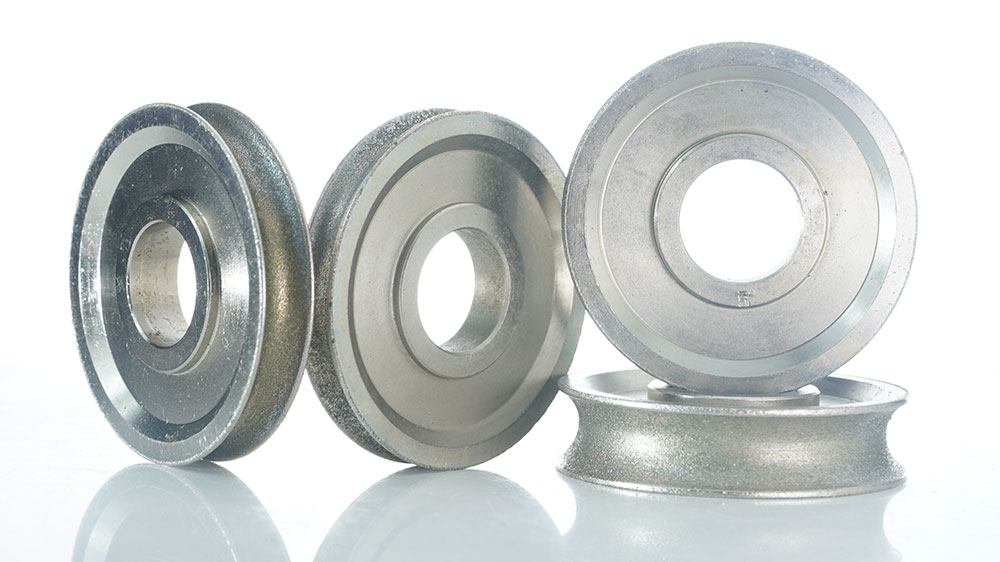
The bond is the foundation of an electroplated wheel, but several key features work together to maximize its lifespan and performance. These characteristics ensure the wheel cuts effectively from its first use to its last, providing the reliability needed for precision grinding works.
Superior Hardness and Wear Resistance
The durability of an electroplated wheel begins with the superabrasives it uses. The two primary materials are diamond and Cubic Boron Nitride (CBN). These materials are exceptionally hard. On the Knoop hardness scale, CBN scores between 4,500 and 5,000, while diamond reaches an incredible 7,000 to 8,000. This extreme hardness allows the abrasive grains to cut through the toughest materials with minimal wear.
Leading brands like Aimgrind harness this property in their electroplated bond grinding wheels. These wheels feature “ultra-high grit retention,” where the strong nickel bond locks each superabrasive particle firmly in place. This secure hold, combined with a consistent distribution of abrasive particles, ensures predictable and even wear across the wheel’s surface. As a result, the wheel maintains its cutting profile and does not require dressing, a process that removes layers of material from other wheel types. This preserves the wheel’s structure and extends its operational life.
Durability of Electroplated Diamond Grinding Wheels
Electroplated diamond grinding wheels are specifically engineered for the precision machining and grinding of extremely hard and brittle materials. The single, exposed layer of diamond provides an aggressive cutting action that is ideal for shaping materials that would quickly wear down conventional abrasives. The durability of these wheels makes them a top choice for working with:
- Hard Alloys: Tungsten carbide, titanium alloys, and chilled cast iron.
- Ceramics: Zirconia, alumina, silicon carbide, and quartz.
- Composites: Carbon fiber and other reinforced plastics.
While some bond types are designed for high-volume production, the strength of an electroplated diamond grinding wheel lies in its ability to hold a precise form. The single electroplated layer ensures that the wheel’s shape remains constant, which is critical for creating high precision parts with tight tolerances.
Reduced Grinding Pressure and Heat
An electroplated grinding wheel operates with a free-cutting action. The fully exposed abrasive grains remove material efficiently, which requires less physical pressure. This reduction in force and friction has a major benefit: it generates significantly less heat. Managing thermal stress is crucial for both the tool and the workpiece.
Note: Lower heat prevents metallurgical damage to the workpiece. It stops the formation of micro-cracks and preserves the material’s surface integrity, ensuring superior surface accuracy and dimensional accuracy.
The wheel’s design also allows coolant to reach the cutting zone more effectively, further dissipating heat. This combination of low pressure and enhanced cooling protects the workpiece from thermal damage and prevents the nickel bond from softening. This gives the wheel a high-level grinding capacity for difficult jobs. The consistent distribution of abrasive particles ensures this efficient, cool cutting continues throughout the wheel’s life, delivering the best performance in the industry. This precise grinding ability makes the electroplated tool a reliable solution for demanding applications.
Extending Durability Through Reconditioning
The lifespan of an electroplated grinding wheel does not end when the abrasive layer wears down. A key feature contributing to their long-term value is the ability to be reconditioned. This process revitalizes the tool, making it a sustainable and cost-effective solution for precision work.
The Strip and Replate Process
When a wheel becomes worn, it can be restored through a strip and replate process. This begins with chemical stripping, a method that safely removes the old nickel bond and worn-out abrasive particles. The process leaves the original steel core bare and clean. Once the core is prepared, it undergoes a new electroplating cycle. A fresh, single layer of superabrasive particles is bonded to the core, returning the wheel to its original specifications and cutting performance.
Benefits of a Reusable Steel Core
The steel core of a grinding wheel is incredibly robust and can often be reused multiple times. Before replating, technicians perform a thorough inspection. They check the core for any structural damage, such as cracks, corrosion, or bends, to ensure it is fit for reuse. This reusability offers two major advantages:
- Cost Savings: Reconditioning a wheel is significantly more economical than buying a new one. Users can see cost reductions of up to 40%, offering substantial long-term savings.
- Environmental Impact: Reusing steel cores is an environmentally friendly choice. Manufacturing from recycled steel uses far less energy and produces fewer emissions than creating steel from raw materials.
Maximizing Wheel Lifespan
Proper care and operation can significantly extend the life of an electroplated wheel before it needs reconditioning. Following best practices enhances the tool’s overall durability.
Pro Tip: Simple maintenance routines can make a big difference. Operators should always inspect wheels for damage before use and ensure they are running at the correct speed recommended by the manufacturer. Applying constant, steady force during grinding also prevents uneven wear and improves performance.
By following these guidelines, workshops can maximize the operational life of their tools, reduce downtime, and get the most value from their investment.
The durability of an electroplated grinding wheel comes from three key factors. A strong electroplated bond holds abrasives firmly. A single, hard abrasive layer provides an aggressive cut. The ability to recondition the core extends its life. This combination ensures consistent performance and makes the wheel a cost-effective tool for precision machining and grinding.
For operations that demand reliability, investing in a high-quality wheel from a specialist like Aimgrind is a smart choice. It guarantees long-term precision and value.
FAQ
What makes electroplated wheels so durable?
Their durability comes from a strong nickel bond. This bond securely locks a single layer of superabrasive particles onto a steel core. This design prevents abrasive loss and ensures a long operational life, even when grinding hard materials.
What materials can these wheels grind?
Electroplated wheels excel at grinding very hard and brittle materials. They effectively shape tungsten carbide, ceramics, composites, and hard alloys. Their aggressive cutting action provides high precision on materials that wear out other wheels quickly.
Do electroplated wheels require dressing?
No, they do not need dressing. The single, exposed layer of abrasive particles is ready for use immediately. The wheel maintains its shape and cutting ability throughout its life, which simplifies maintenance and reduces downtime for operators.
Are electroplated wheels a cost-effective choice?
Yes, they are very cost-effective. Their long lifespan reduces the need for frequent replacements. Additionally, the ability to strip and replate the steel core offers significant savings compared to purchasing a brand-new wheel, making them a smart long-term investment.
See Also
Selecting Optimal Bench Grinding Wheel Materials for Diverse Workshop Requirements
Expert Guide: Choosing the Perfect Grinding Wheel for Stainless Steel Fabrication
Picking the Ideal Metal Grinding Wheel for Your Specific Project
Optimal Grinding Wheels: Essential Selection for Sharpening Carbide Tools
Exploring Various Grinding Wheel Types and Their Real-World Practical Uses
Contact Us
For More Grinding Solution or Customized Abrasive Tools


